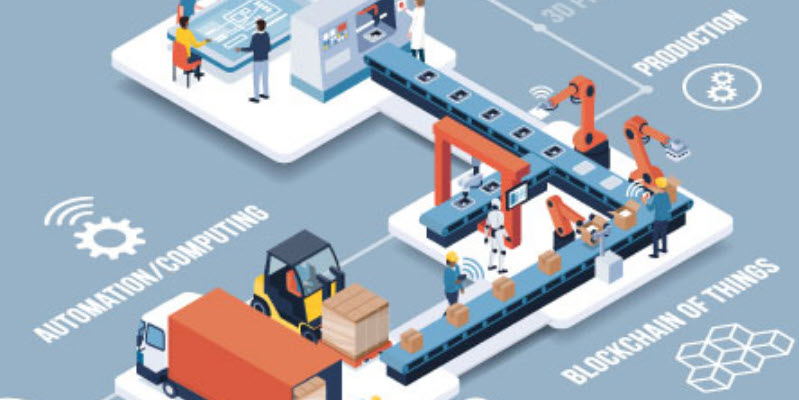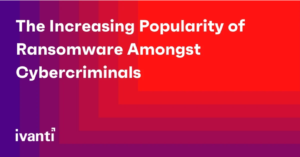
researchHQ’s Key Takeaways:
- More than ever before, supply chain adaptability is a top priority for all businesses.
- While maintaining data currency can be tough, by utilising industry-standard protocols organisations can improve their communication and efficiency.
- Integration platforms offer real-time data exchange and help decrease redundant data input.
- Cloud-based data architecture, like Integration-Platform-as-a-Service (iPaaS), help connect applications with other data sources.
Retailers, distributors, and manufacturers were not engineered for the rapid shifts in the demand patterns we all see today. The current pandemic is resulting in urgent efforts to adapt supply chains quickly, whether by revising purchase orders and changing merchandising plans or by reallocating working capital, inventory, or logistic capacity to point them where they are needed most.
Some of these efforts to adapt the supply chain include:
- Revising buy plans toward high-demand categories,
- Paying crucial supplier invoices more quickly,
- Reducing product variety,
- Relaxing same-day or next-day delivery requirements,
- Having suppliers deliver directly to stores instead of warehouses.
Many companies are struggling to respond to the rapid shift in the supply chain because they are ill-prepared to manage through shifting supply and demand data quickly enough. In the process, they lose the currency of data.
Reshaping the supply chain
At a practical level, parties in a supply chain primarily exchange information about orders. Without the currency of data, how do they respond to a sudden surge in demand? Or a sudden decline in supply? Or respond to new requests that did not exist before? To adapt to the supply chain, retailers, distributors, and manufacturers all need to send orders, confirmations, and invoices back and forth reliably, often with new companies they have never done business with before. To maintain data currency across a reshaped supply chain, companies need to exchange data in a more timely and secure fashion. Maintaining the currency of data often requires communication through industry-standard protocols such as EDI, HTTPS, SFTP, or REST API because there isn’t time to develop custom solutions.
The challenge is to do more with less
These obstacles can be even more acute during a pandemic or in the time of economic disruption that follows in its wake. Technical resources that often were scarce before are now stretched to the limit or could be non-existent due to furloughs. As an additional challenge, the technical staff on hand may not be familiar with the ins and outs of EDI, HTTPS, SFTP, or various API’s because they don’t work with them every day. Maintaining the currency of data while reshaping the supply chain requires organizations to focus on the essentials and drop what is not crucial to the task at hand. And they need to do it quickly using limited resources.
For many companies, the solution is to adopt an integration platform like Jitterbit. Integration-as-a-service (iPaaS) is a cloud-based data architecture that connects applications in the cloud, such as NetSuite and Salesforce, with one another and to on-premise applications like SAP as well as other data sources. This hub-and-spoke architecture facilitates the real-time exchange of data and programs across the supply chain by removing much of the underlying complexity of integration. In a pandemic, no one wants to incur the cost and maintenance headache of carefully custom coding data exchange regime into their applications. Plus, there often isn’t enough time to respond to rapid shifts in demand patterns using bespoke solutions.
The Example of Truckl
One company that is using Jitterbit’s Harmony platform to reshape the supply chain is a Dallas, Texas-based startup called Truckl. The company leverages blockchain to accelerate freight movements by reducing errors, exceptions, and miscommunication. Its mobile application for trucking enables operational improvements, fosters carrier compliance, and ensures collaboration throughout the supply chain by financially motivating all parties to be more flexible.







